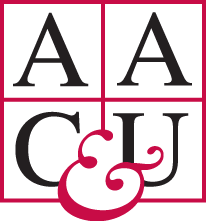What is Inclusive Excellence?
Access - Student Success - High Quality Learning
This project takes a closer look at our student success rates disaggregated by race. It acknowledges that, despite being a minority majority institution, we have a race equity gap with students who are white or Asian doing better (higher GPAs) than students from other races and ethnicities.
When confronted with this data, we do not blame the students. Instead, we ask whether Cal State LA is doing anything to prevent the success of students from minoritized populations. We also strive to highlight or promote the many institutional practices that promote the success of all students, regardless of race or ethnicity. Thus, this project is based on the premise that ALL students who are admitted to college can succeed and challenges our university to move away from a student deficit model (i.e. our students arrive unprepared). It encourages us to reflect as a university on practices that may not be inclusive, welcoming, or supportive of students who are from underrepresented groups.
An example of a practice that may not be inclusive is a dude wall (C&E News, 2009). “In science departments, these walls honor historical figures by portraying retired faculty, previous heads of an institution, or even just preeminent scientists in a field. But they’ve been attracting negative attention for their lack of diversity—almost all the portraits are white, male scientists. Students from underrepresented backgrounds report that such institutional portraiture stands at odds with their schools’ stated values of diversity and inclusion and can lead to lower self-esteem (J. Gen. Internal Med. 2019, DOI: 10.1007/s11606-019-05138-9).”
From AAC&U: https://www.aacu.org/making-excellence-inclusive
The term Inclusive Excellence (IE) was first used by AAC&U. Today, there are many organizations that use this term to accomplish the same mission:


